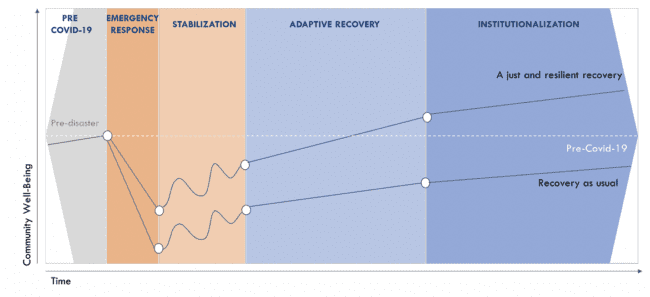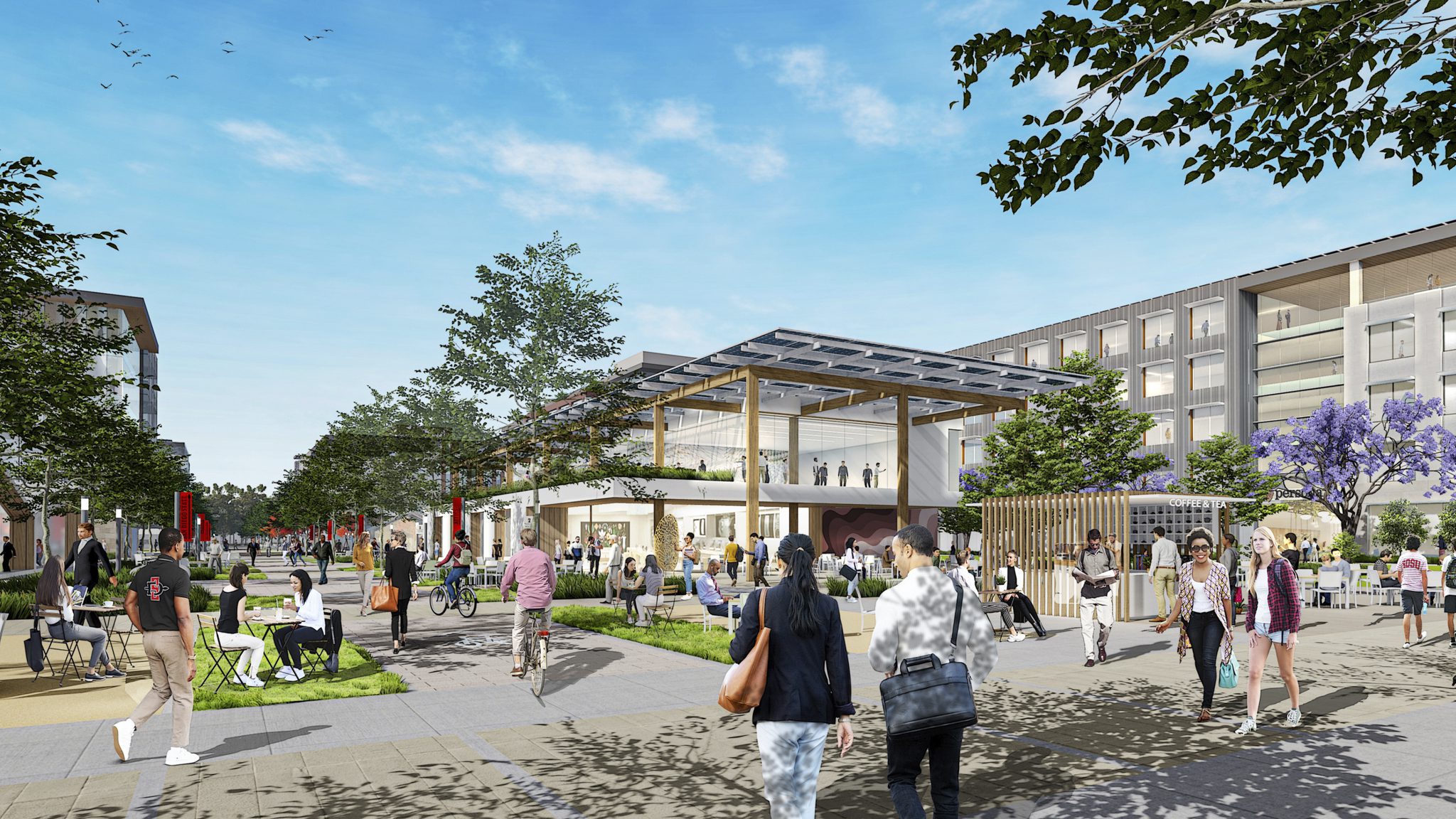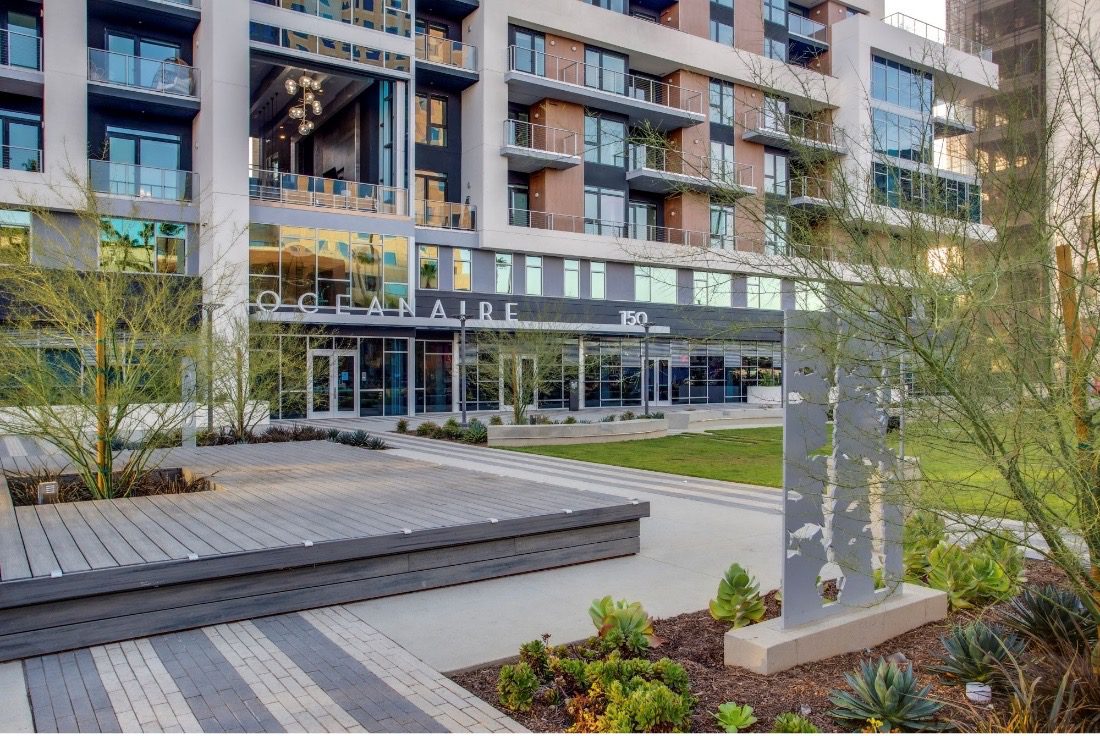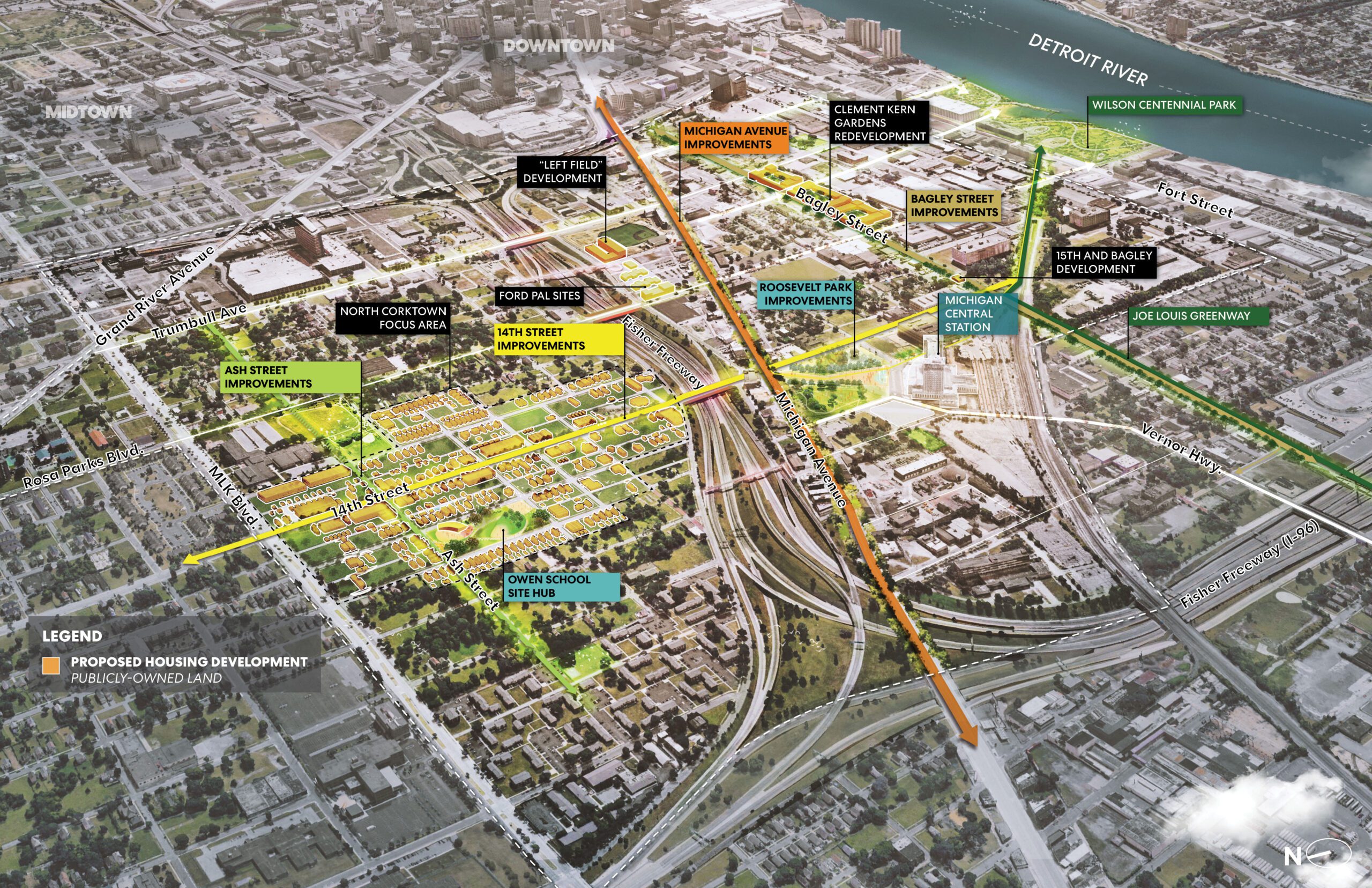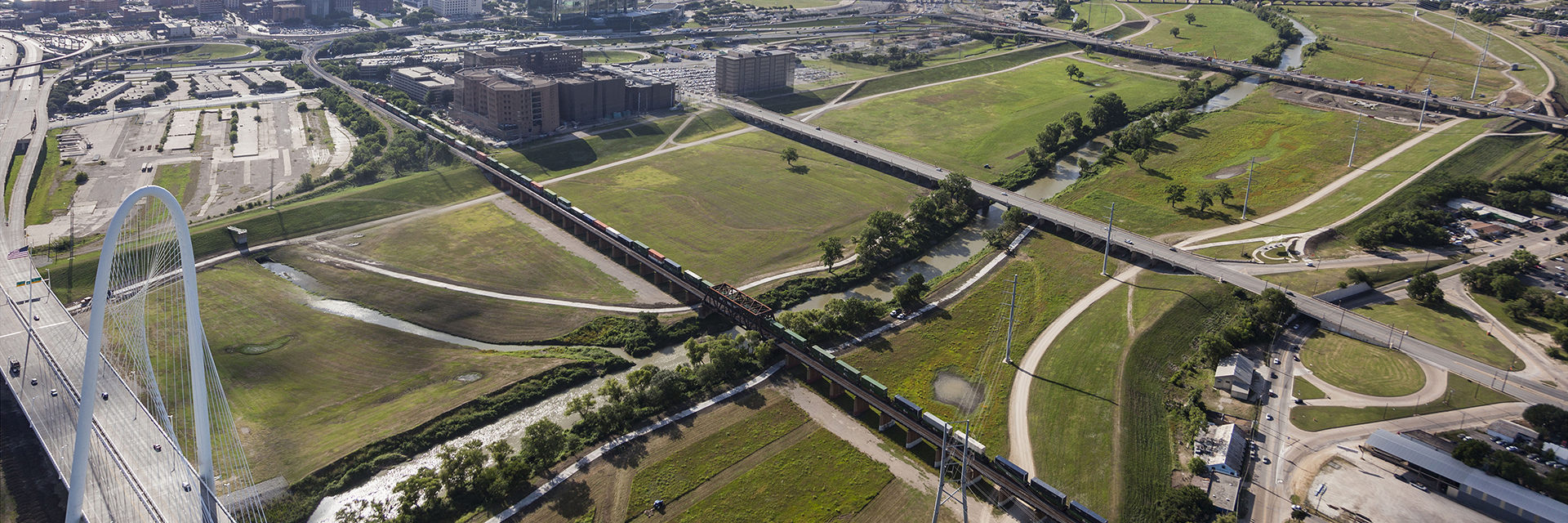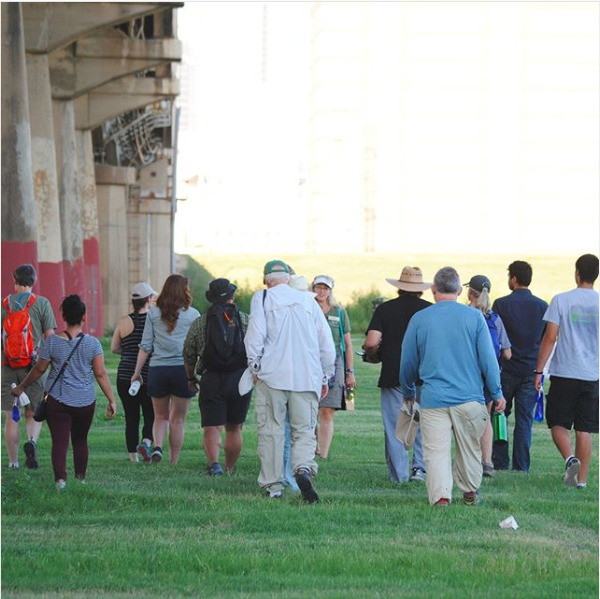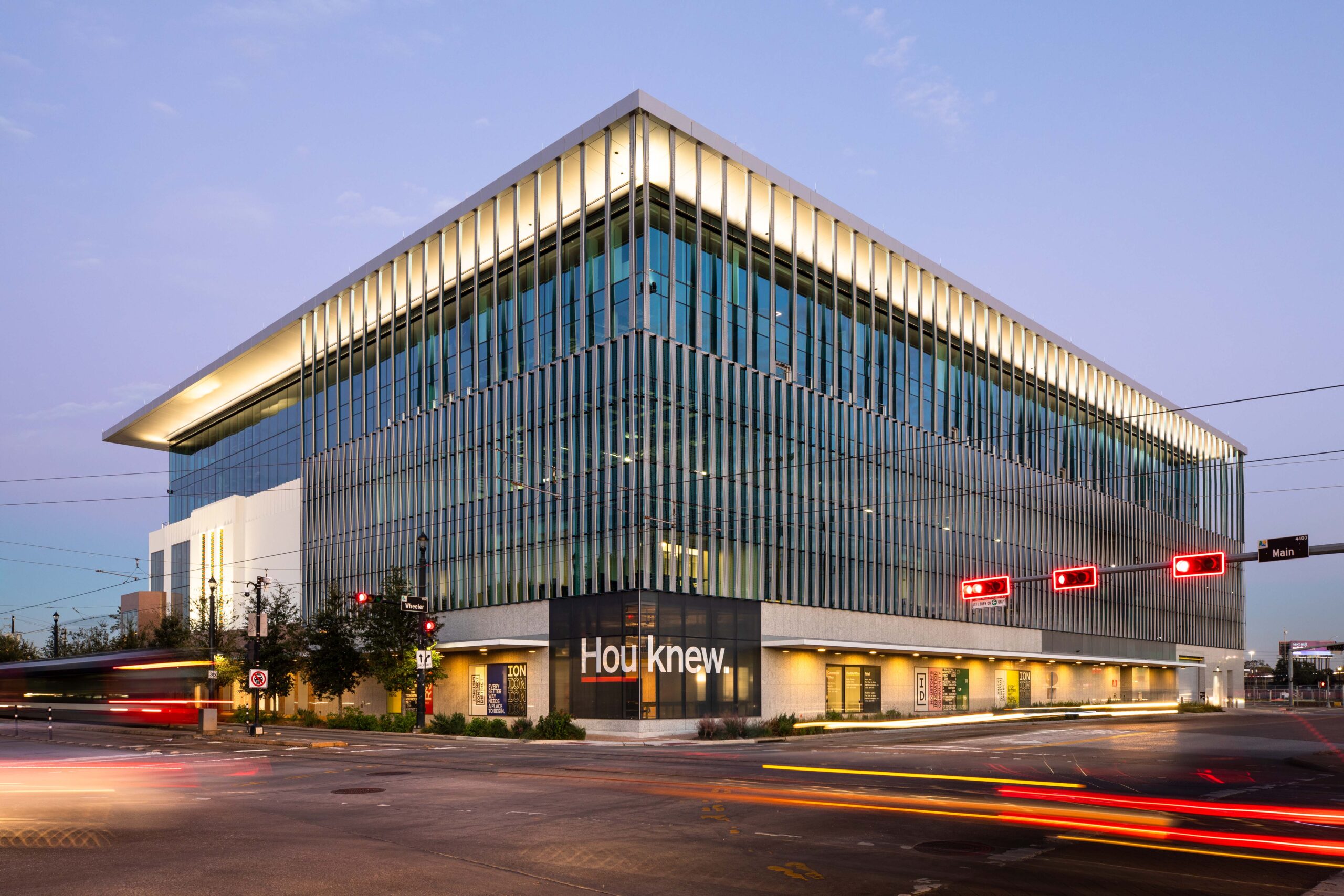HR&A has been working with a coalition of advocacy groups including JusticeLA (JLA) and Designing Justice+Designing Spaces (DJDS) in their efforts to advance projects around L.A. County’s transformative Care First Community Investment (CFCI). JusticeLA is a collaborative of several L.A. based organizations organizing with communities to disrupt where and how L.A. County incarcerates justice-involved individuals. DJDS is the nation’s foremost design nonprofit working to build and transform communities through restorative Justice. DJDS will steward an authentic, ground up engagement effort with community to design, build and operate new infrastructure that challenges the traditional paradigm around justice and incarceration. HR&A developed a concept plan for a pilot campus in Long Beach that builds on DJDS’s argument: that community-based solutions including mental health, substance abuse treatment, jail diversion, and quality design can disrupt the revolving door for justice-involved individuals. In 2022, DJDS, JLA, and HR&A released a concept paper, proposing the development of a piece of the FLOW (For the Love of Well-being) Youth Center.
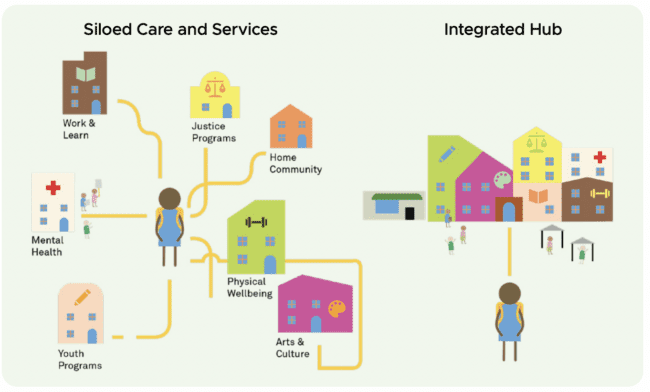
The FLOW Youth Center will be a new prototype for juvenile restorative justice, designed to break the cycle of investing in punishment by reinvesting in spaces and programs focused on care and healing. The Center will proactively address the root causes of youth incarceration and the lack of physical infrastructure and associated programming for holistic health services, education, and employment. Our concept paper describes an innovative and replicable process for radically inclusive, equitable, community-engaged design for restorative justice.
HR&A worked with JLA and DJDS to develop a robust engagement strategy and the estimated time and budget to complete the work outlined within the concept plan. With this concept paper as a guide for development, DJDS is currently looking for partners in government and philanthropy to invest in their concept development fund and inspire grass roots efforts to design and build these centers throughout Los Angeles and the country. We look forward to continuing this partnership as DJDS and JusticeLA work with communities to transform the built environment and L.A.’s criminal justice system.


